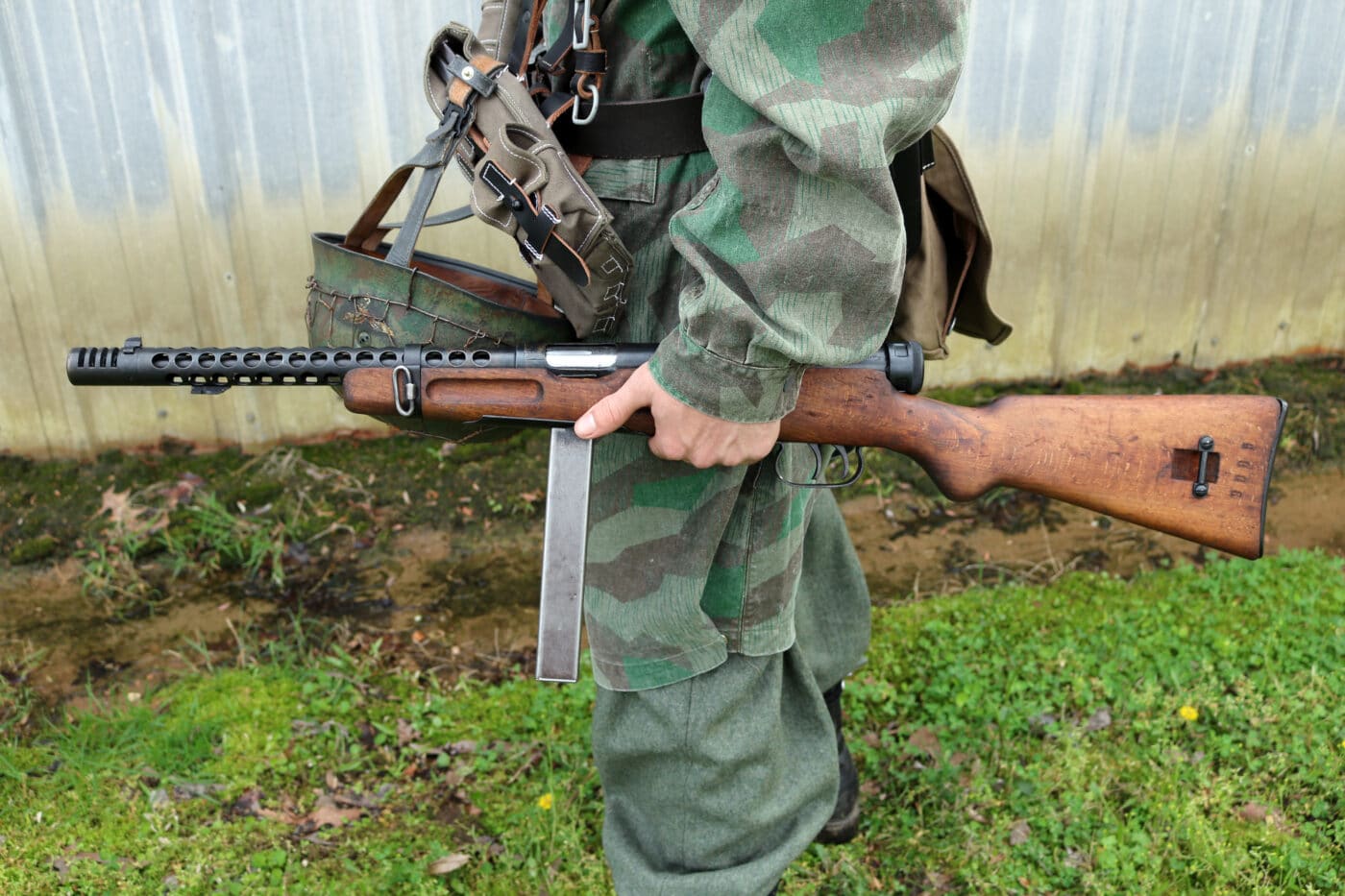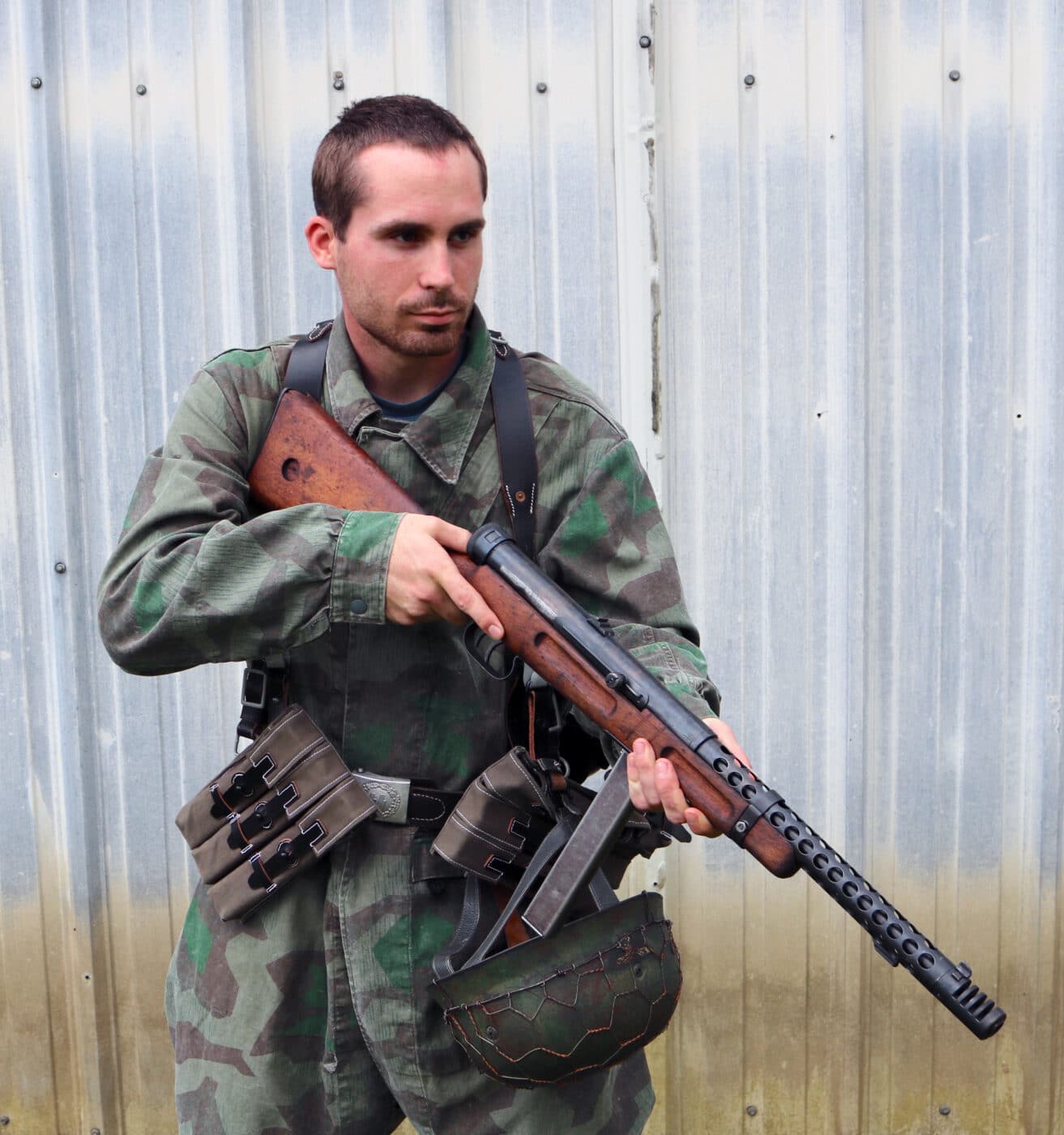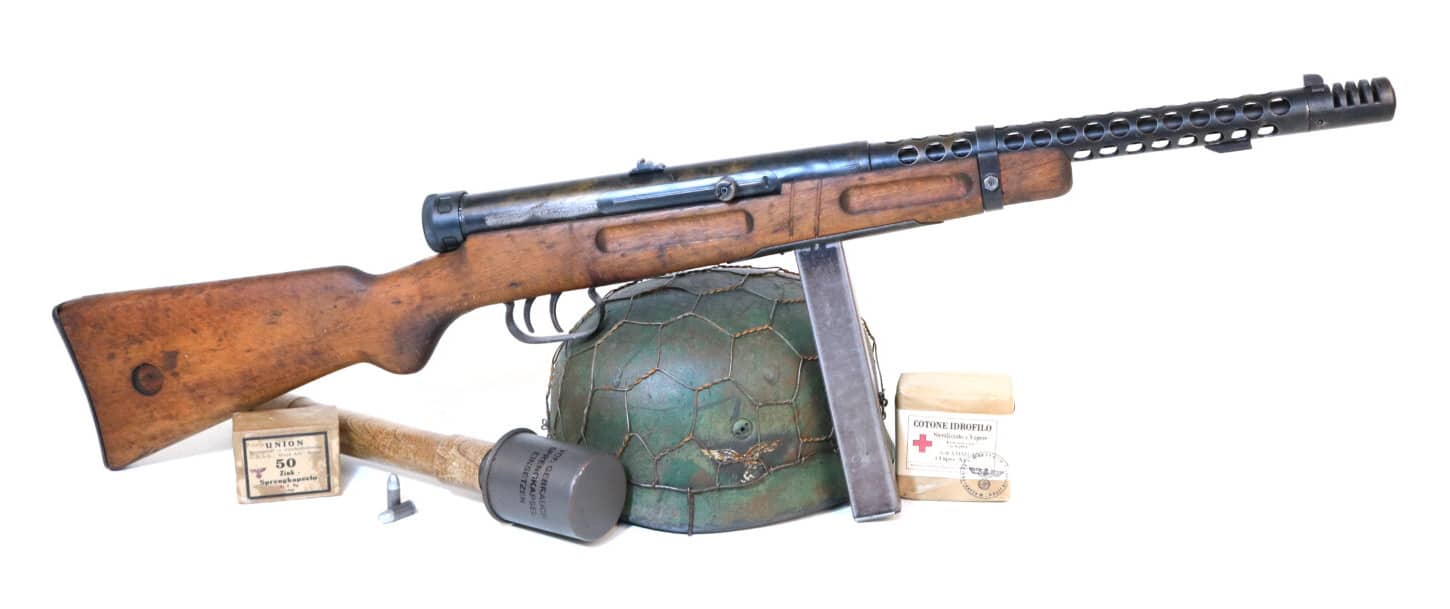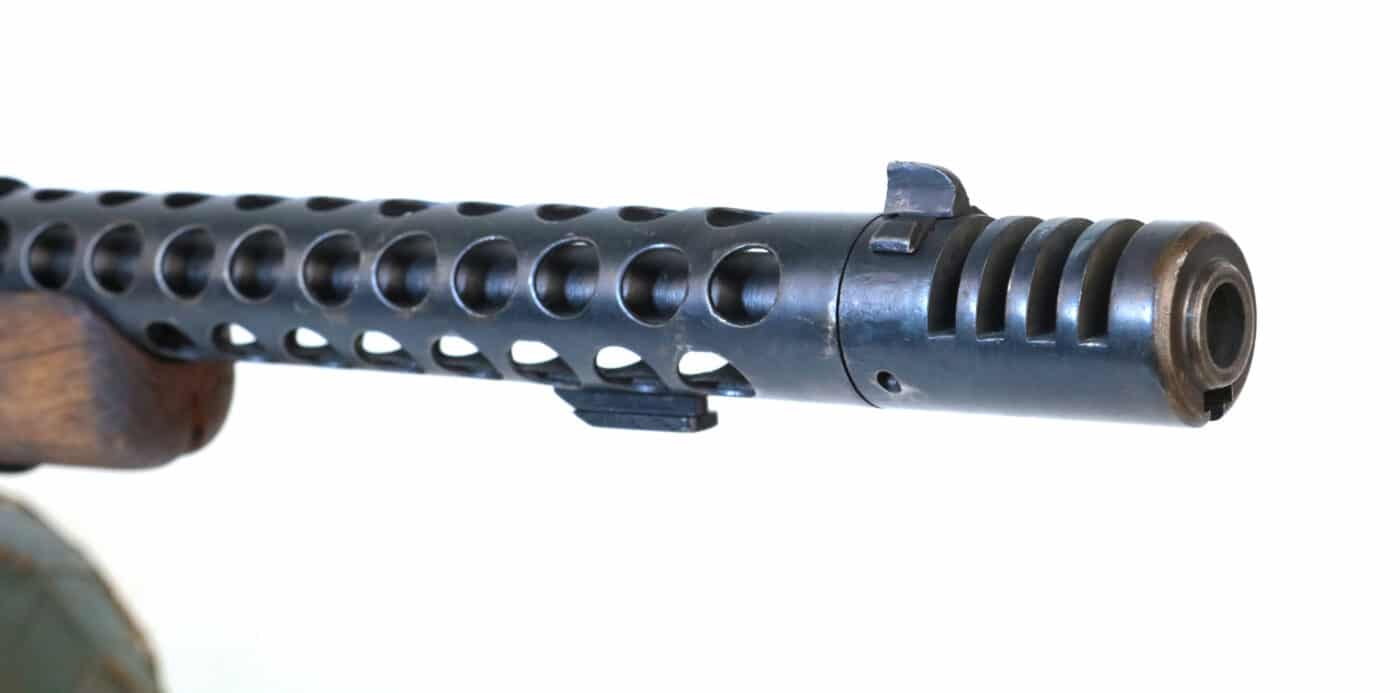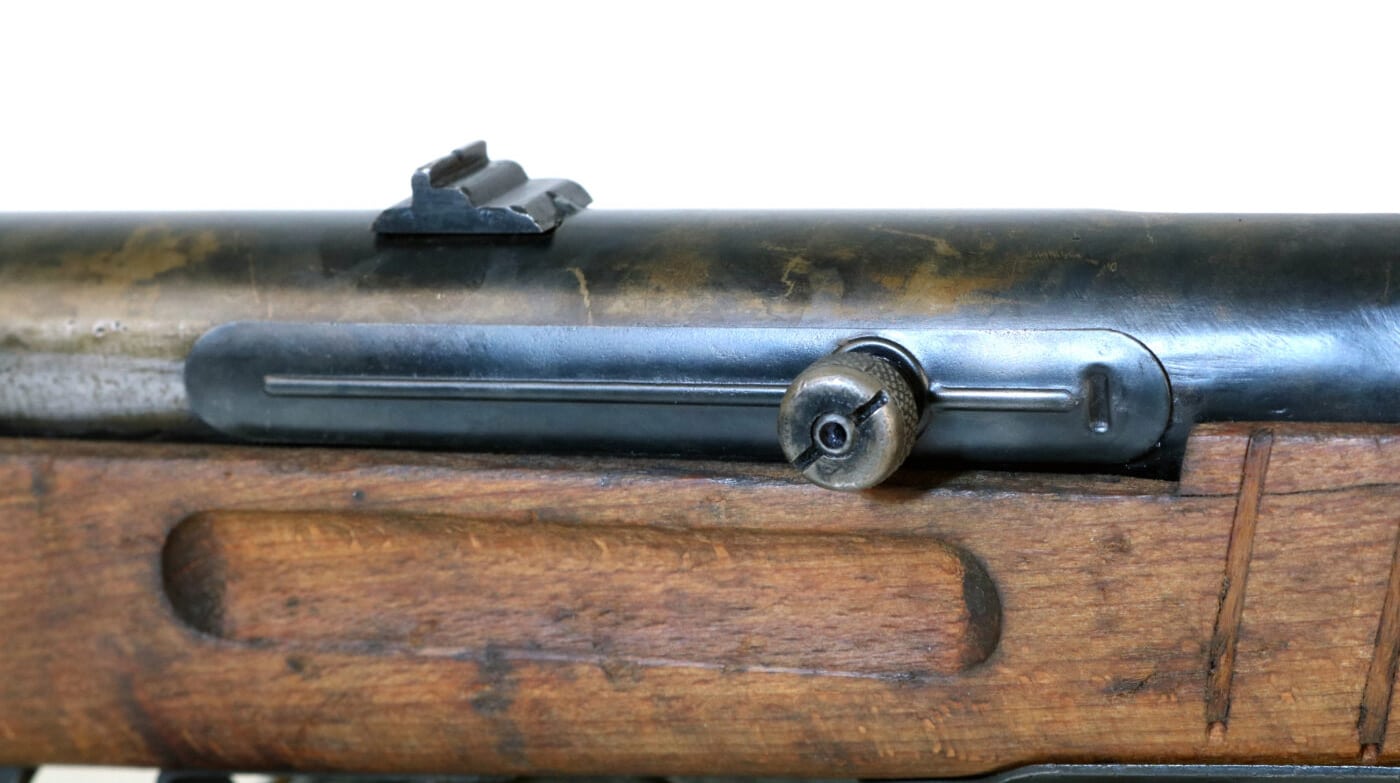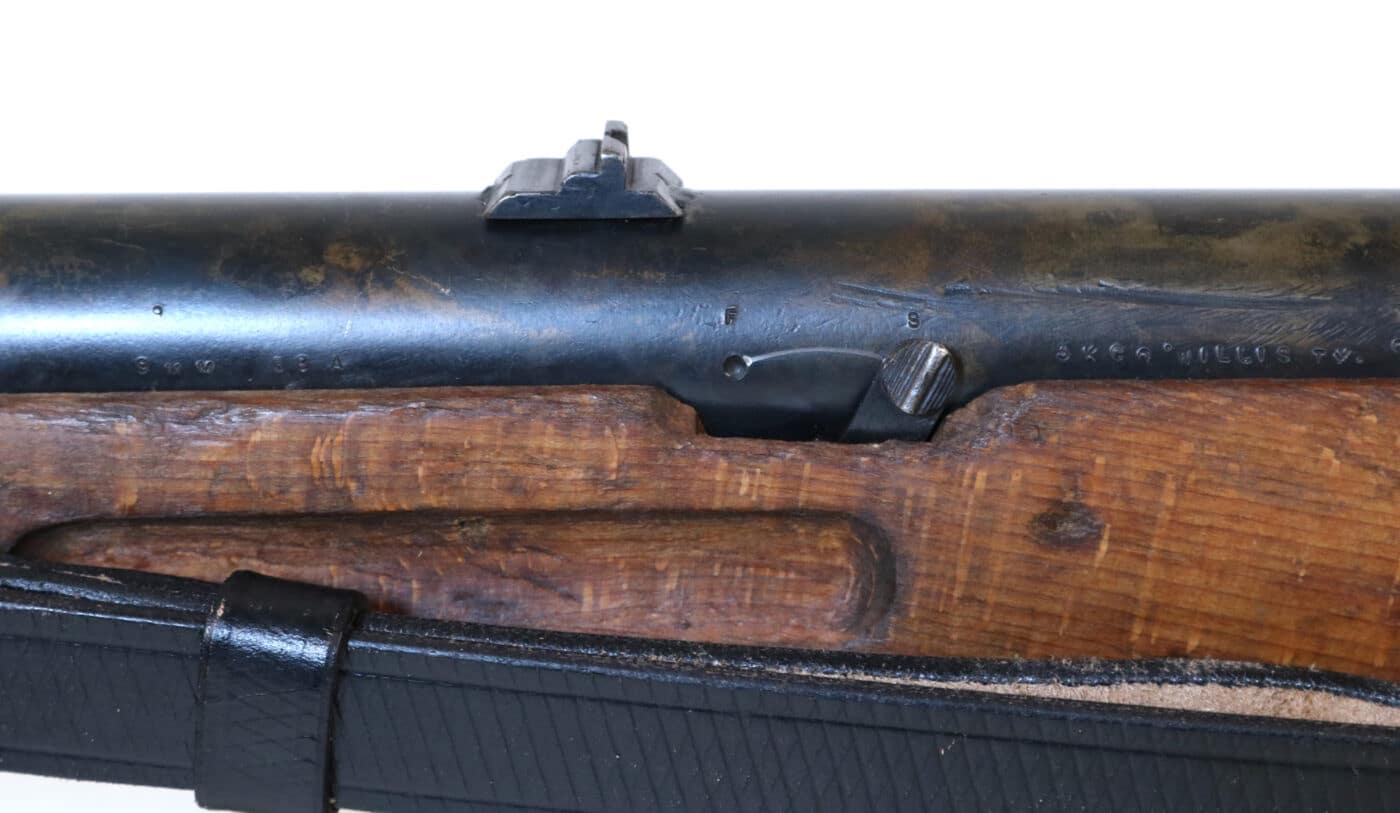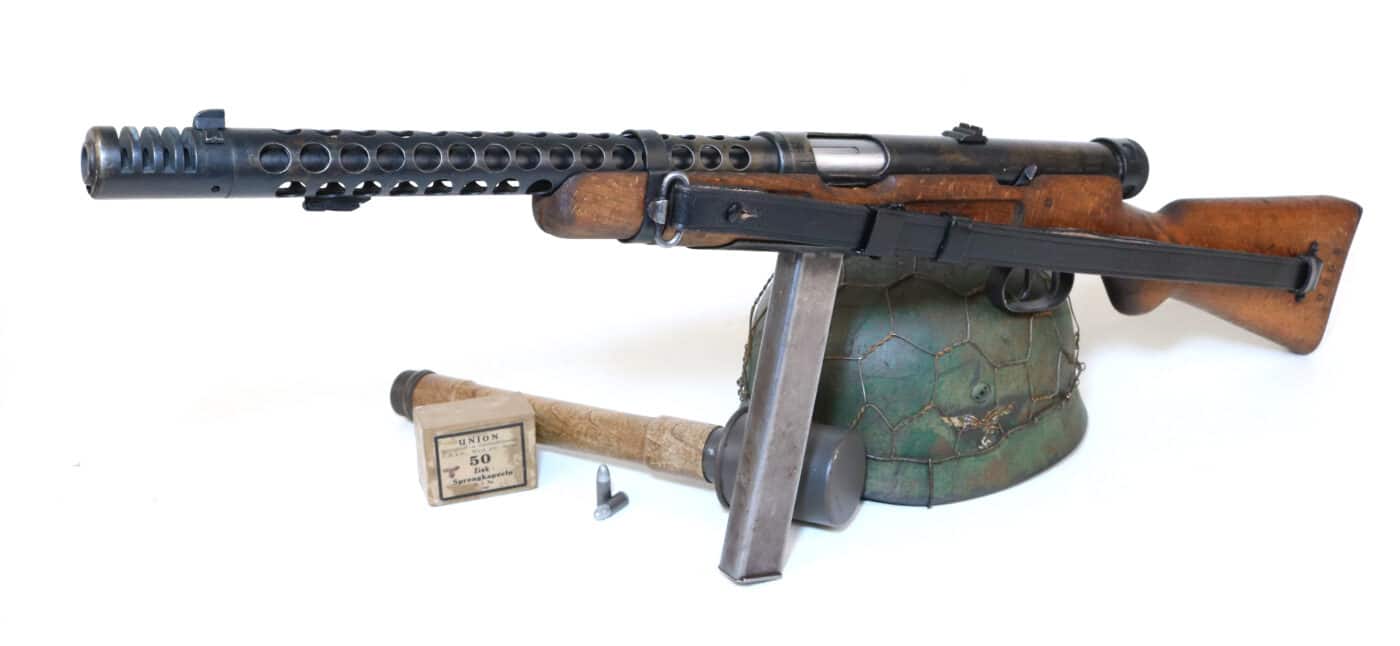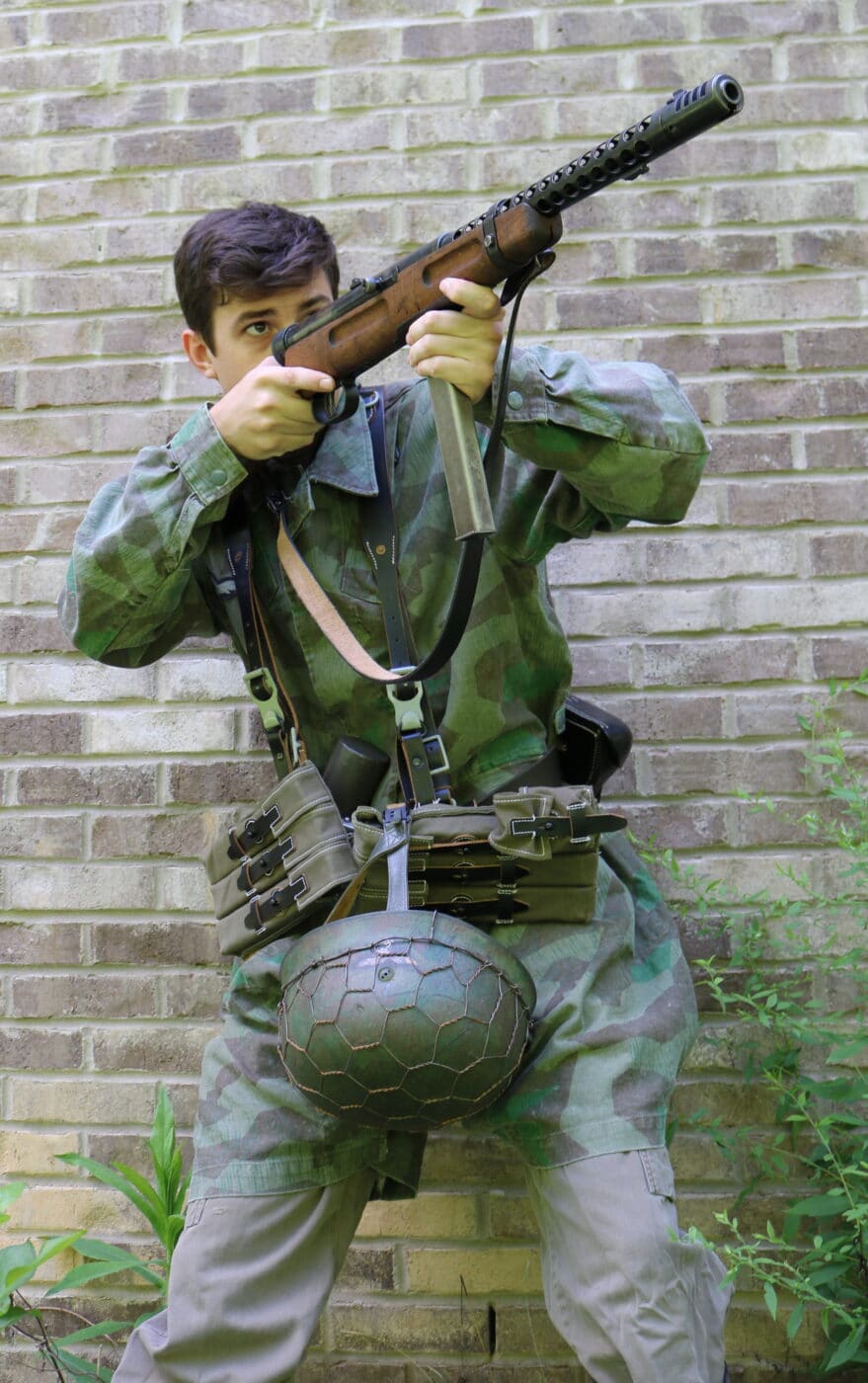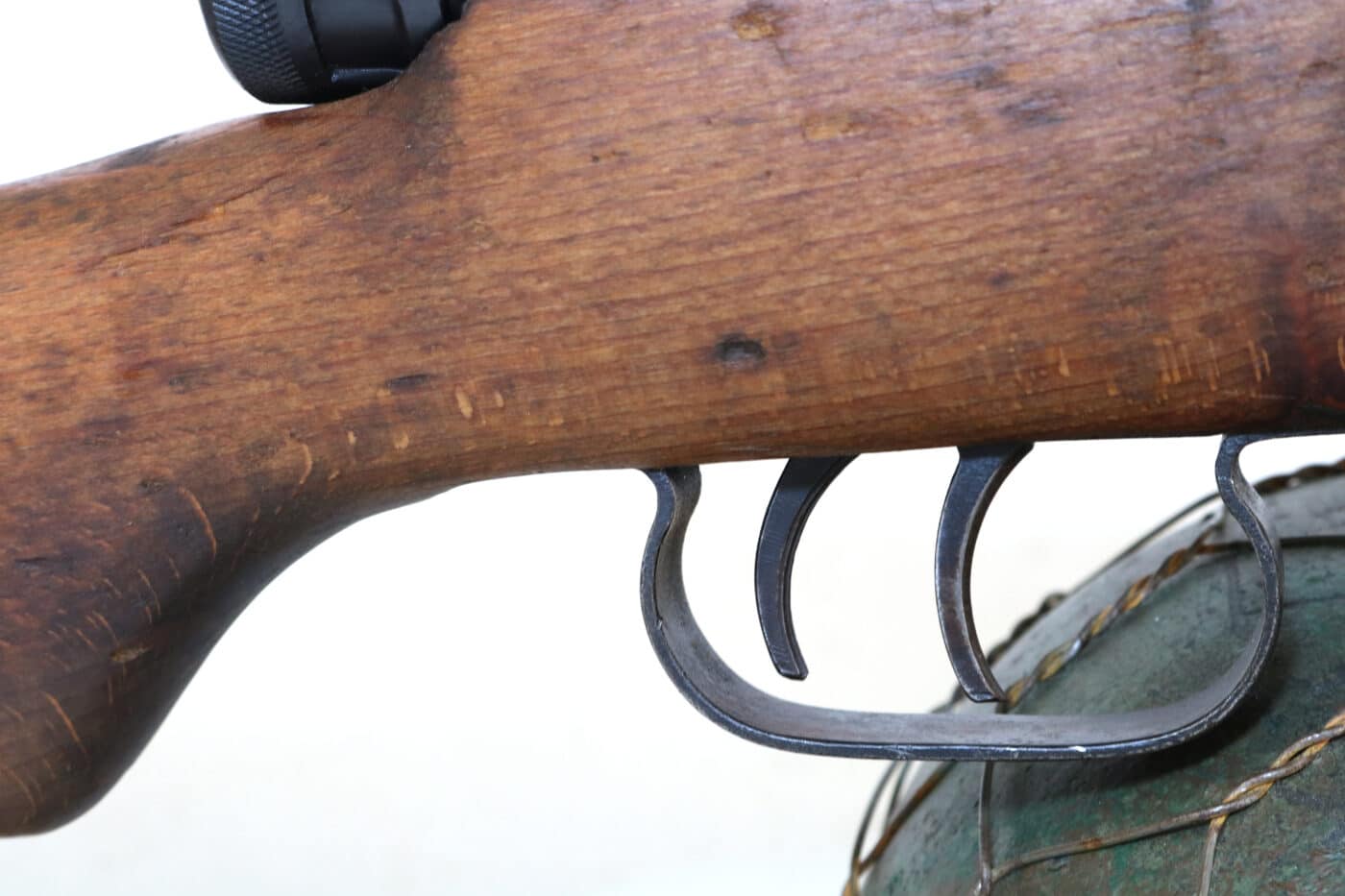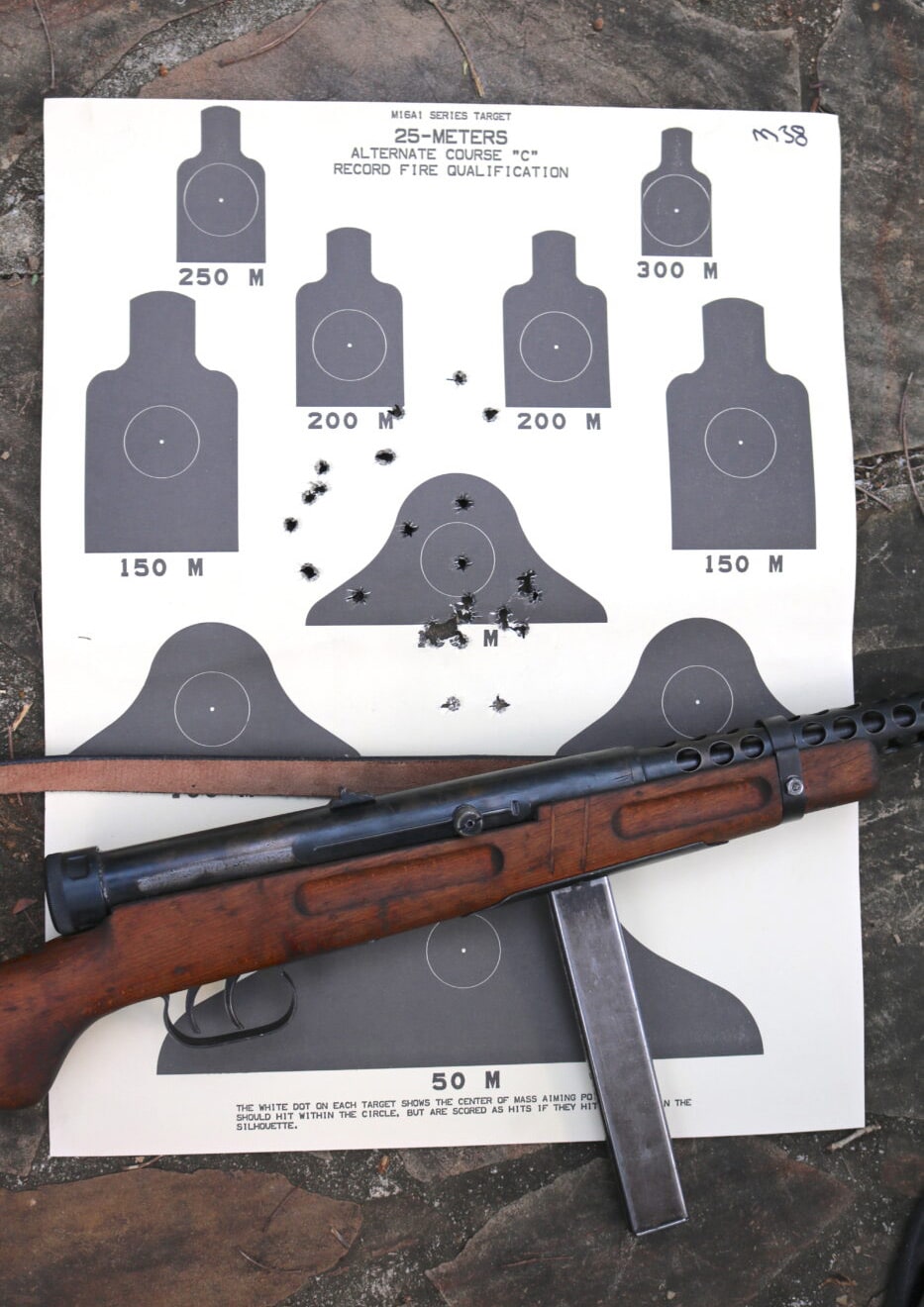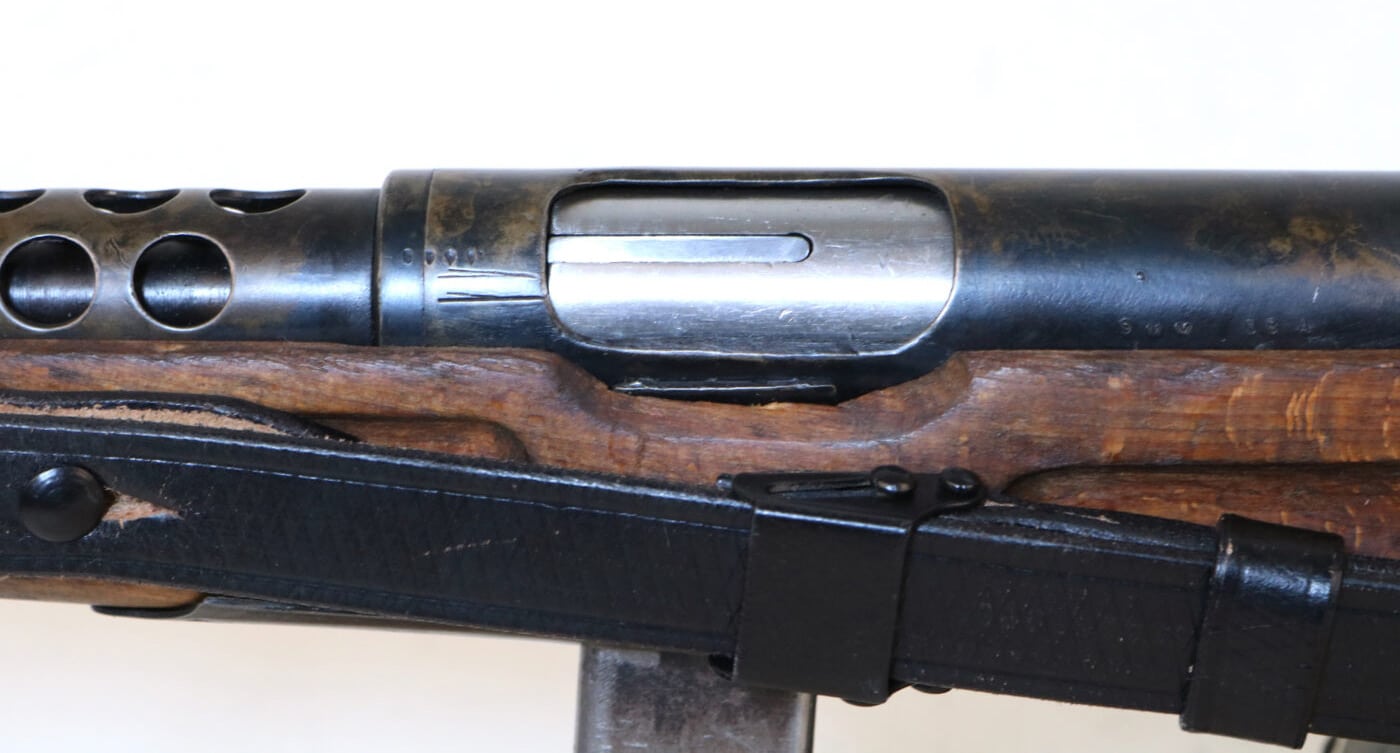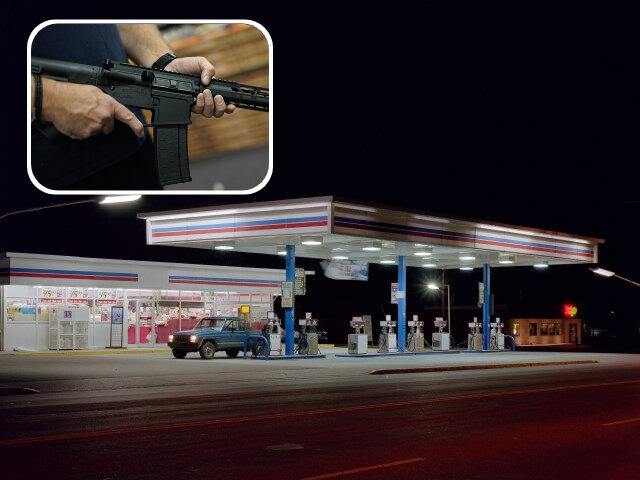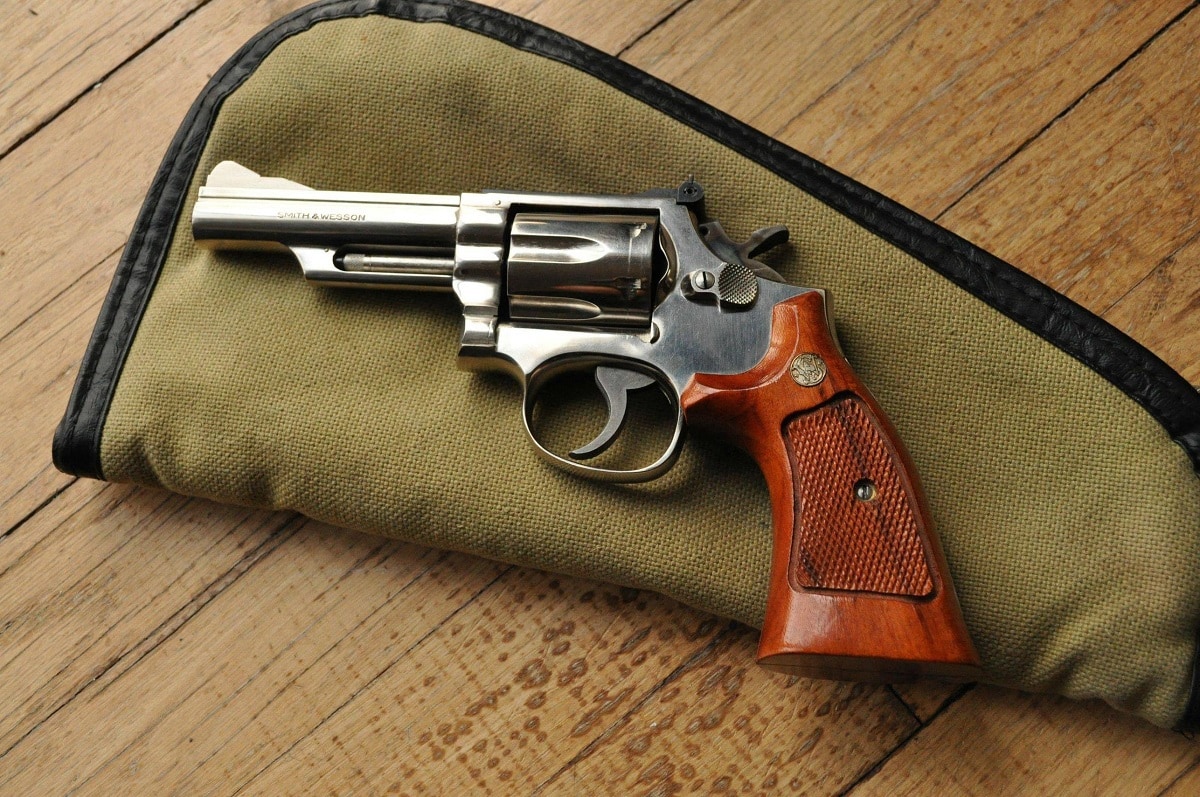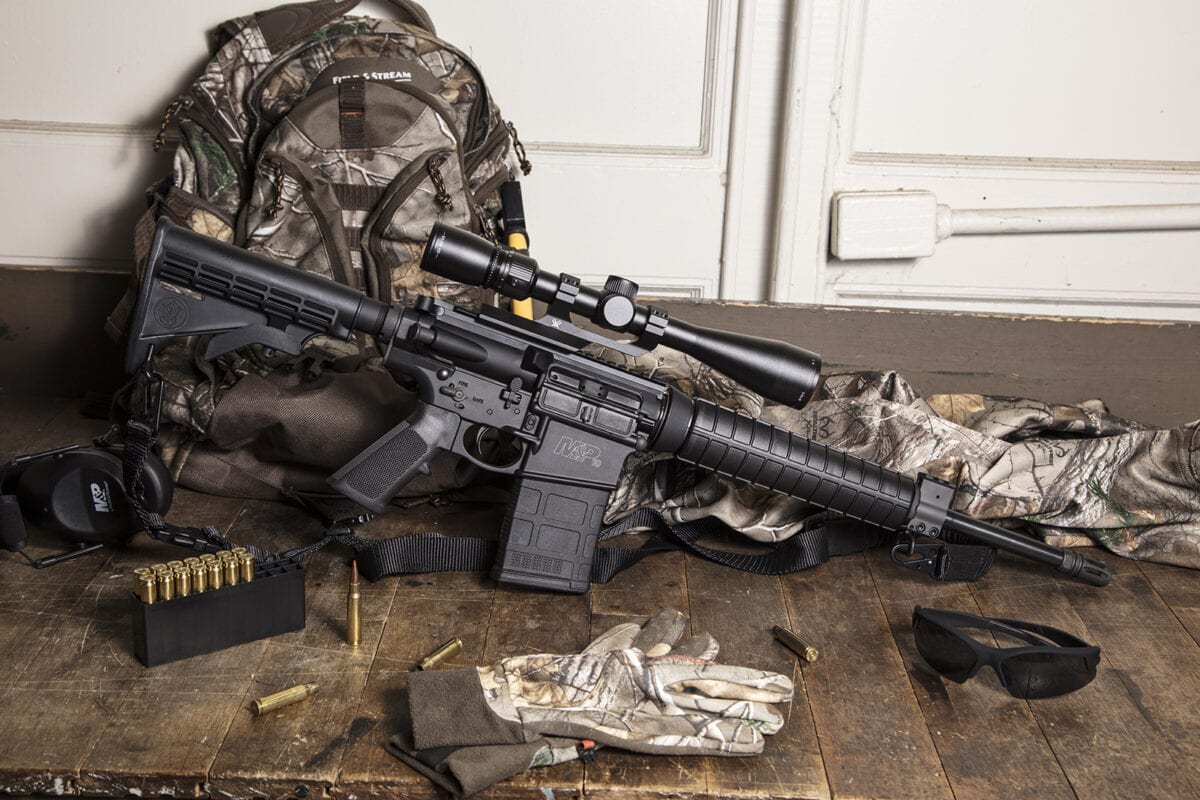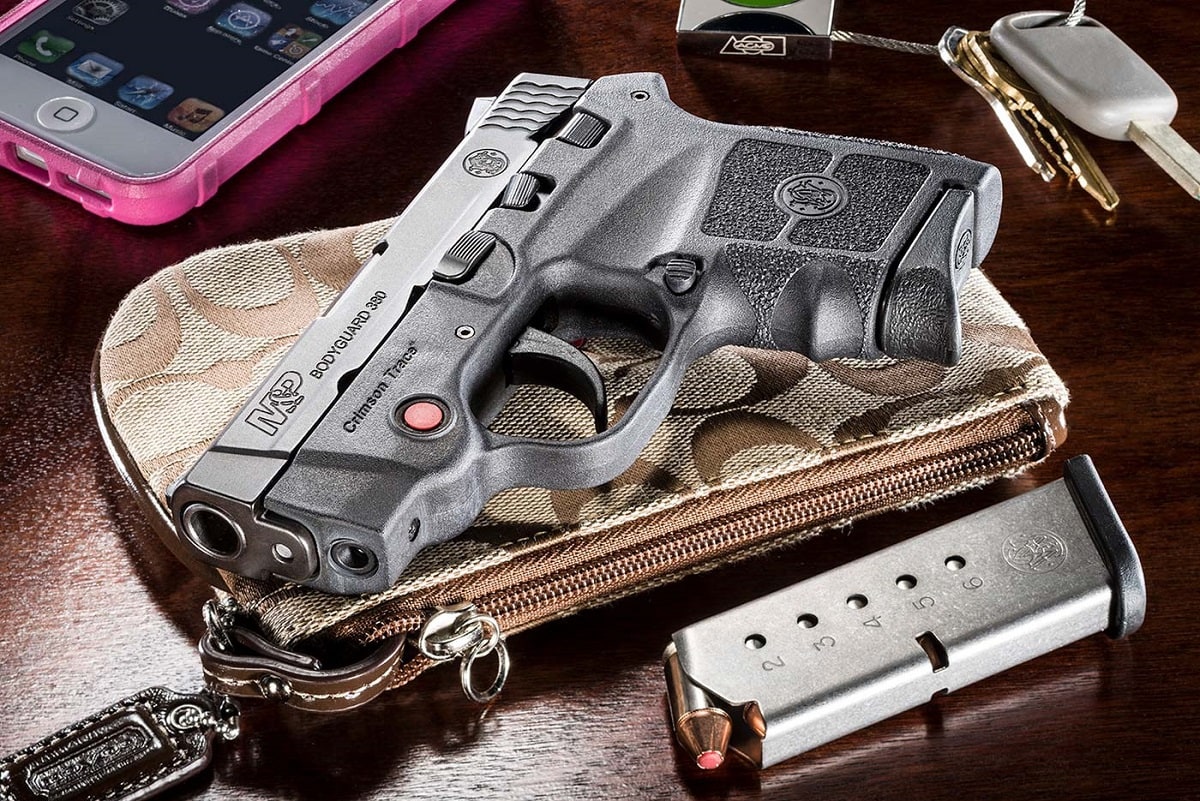*THERE MUST BE similar lists in other militaries.
21 of the US military’s most-overused clichés
“There are certain phrases military service members hear on the regular, and by regular, we mean they are over-used like crazy.
“While every workplace has its own cliche buzzwords – we’re talking about you there, “corporate synergy” – the military has plenty to choose from. The WATM team put its collective heads together and came up with this list of the cliche phrases we’ve heard way too many times in the military.
“1. “All this and a paycheck too!”
Usually uttered by a staff NCO at the moment of a 20-mile hike where you wish you could just pass out on the side of the road.
“2. “If you’re on time, you’re late.”
Military members are well aware of the unwritten rule of arriving 15 minutes prior to the time they are supposed to be somewhere. Of course, if there’s a senior officer involved, that might even mean 15 minutes prior to 15 minutes prior.
“3. “We get more done before 6 a.m. than most people do all day.”
The time can always be changed, but the phrase remains the same. Military members across the world are usually waking up way earlier than most, and as the saying goes, it probably means they have done personal hygiene, conducted an insane workout, ate breakfast, and started training before average Joe hit the snooze button on the alarm clock.
“4. “Don’t call me sir. I work for a living.”
Among the enlisted ranks, it’s a common cliche that officers don’t do any real work. “There’s a reason why they have office in their name” is a popular saying. So when an enlisted service-member is incorrectly addressed as “sir,” this is one of the most popular responses.
“5. “If it ain’t raining, we ain’t training.”
No matter what the weather, the U.S. military is guaranteed to be training or conducting some sort of exercise. But this cliche phrase is guaranteed to come out when a torrential downpour hits your unit.
“6. “This ain’t my first rodeo there, cowboy.”
Let’s not ask the sergeant any stupid questions. He knows what he’s doing, because he’s done this a million times before. Cowboy.
“7. “Best job in the world!”
Calling your particular field in the military “the best job in the world” usually happens during the times when you would never think it’s the best time in the world. These times include freezing cold on patrol in Afghanistan, running out of water while training in Thailand, and/or not showering for a month-and-a-half.
“8. “Complacency kills.”
You’ll find this phrase spray-painted to every other Hesco barrier on the forward operating base, on a sign outside the chow hall, and on the lips of every sergeant major in a half-mile radius. Troops need to stay alert while they are out in combat, and this one gets drilled into the dirt.
“9. “Keep your head on a swivel.”
This one is similar to “complacency kills” but is often said to troops about to go into dangerous situations. Before heading out on patrol, a squad leader might tell his troops to “keep their head on swivel,” meaning: keep alert and look everywhere for potential threats.
TRENDING NOW
How Interpreters Do Their Jobs
“10. “Got any saved rounds?” or “Any alibis?”
At the end of a briefing, you’ll usually hear either of these phrases. “Any questions?” just doesn’t pack the same punch as using terminology straight off the rifle range.
“11. “Another glorious day in the Corps!”
It could be the Corps, the Army, the Navy, or the Air Force, but it’s always a glorious day there, according to whoever utters this phrase. This is meant to motivate but it’s usually met with eye-rolls.
“12. “This is just for your SA.”
This is another way of saying FYI, but with a military spin. SA, or situational awareness, is all about being aware of what’s happening around you, so this is often said by a subordinate to a leader so they know what’s going on.
“13. “We’re putting on another dog and pony show.”
We’ve never actually been to a real dog and pony show, but we have put on plenty of them in the military. A military “dog and pony show” is usually some sort of ceremony or traditional event for troops to show off their weaponry and other stuff. For example, Marines may put one on by standing around and answering questions about their machine-guns, rocket launchers, and other gear for civilians who are visiting the base for an event.
“14. “Roger that.”
This is a phrase that should be uttered only over the radio (it’s actually just “roger, over” and “roger, out,” respectively), but troops often say this instead of saying “I understand.”
“15. “Bravo Zulu.”
Bravo Zulu is a naval signal that can be conveyed via flag or over the radio, and it means “well done.” But plenty of troops will use this as a way of saying good job or congratulations. (…)




